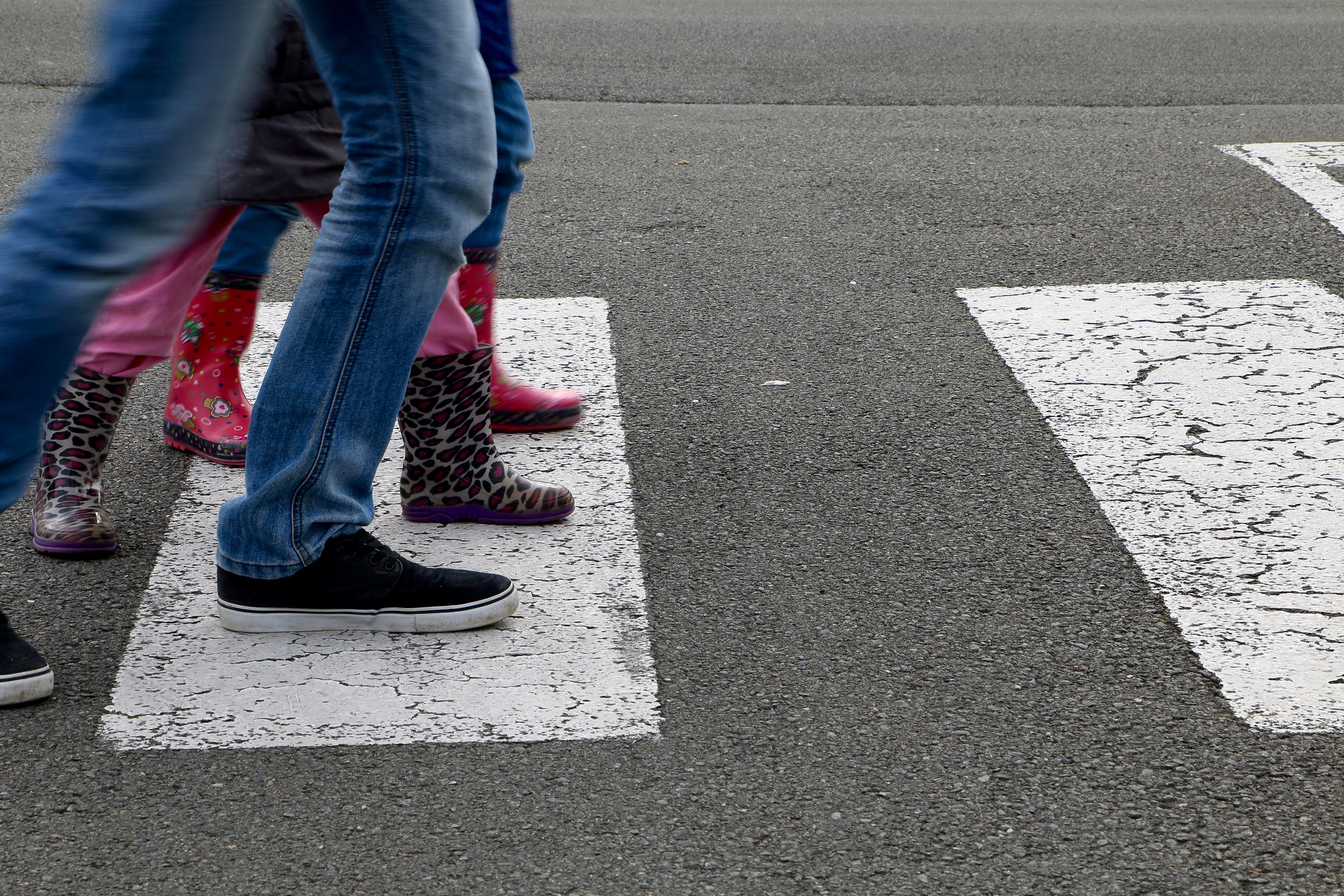
The Jade District is one of the most diverse census tracts in the State of Oregon with a population comprised of a majority of people of color. It is a thriving international and multicultural district in Portland that serves as a hub for businesses, arts, entertainment, and a place to celebrate the many heritages of its inhabitants. It has a high density of low-income immigrants and 88% of students are on a free or reduced lunch program.
Citizens experience asthma rates that are twice as high compared to surrounding areas as well as low birth rates, elevated cancer rates, and other chronic health issues.The immigrants that the Asian Pacific American Network of Oregon serves are up against more than the traditional barriers of systemic racism. Not only is English a second language, they are also new to American systems, such as understanding how to access the legal and medical systems or how to navigate a five-lane highway that was clearly not designed for the safety of pedestrians.
The Asian Pacific American Network of Oregon employs four key strategies to help its members:
Base-building organizing and cultural work,
Leadership and political development,
Oolicy advocacy and civic engagement campaigns, and
Community and economic development.
Its board members are also strategically placed on other boards of directors throughout the city to serve as a conduit for change and to ensure the Asian Pacific Islander voice has a seat at the table. For example, one former board members sits on the TriMet board, which is a local transportation agency with a $2-$3 billion budget.
“It’s really making sure that our communities have a voice in decision making where historically we’ve been underrepresented. We’re not going to break the cycle of poverty and systemic racism through social services as important as they are,” said Duncan Hwang, Asian Pacific American Network of Oregon (APANO) Associate Director. “It’s about culture shift and narrative shift and systems change. That’s the durable change we’ll need for the long term.”
Tragic Deaths of Four Elderly Immigrants Spurs Community-Wide Movement to Improve Neighborhood Safety
On December 7, 2016 the Asian Pacific Islander community was rocked by the news of two fatalities – two elderly pedestrians over the age of 65 were hit by cars crossing a road. Their deaths meant that over a course of four years, four people had died exactly the same way – crossing a busy road at night in a commercial-heavy corridor.
“It’s not like these are all random events,” said Hwang. “There’s something systemic happening.”
A transportation study showed that there was no time in the day for pedestrians to safely cross the five-lane street. For the elderly who may walk more slowly or are not fully informed about road safety, the lack of crosswalks compounded with low lighting and a high-speed limit have had a fatal impact. The story is even more tragic as the families of the deceased are faced with a language barrier when trying to communicate with first responders.
After the incident, community and transportation advocates came together to express their concern at the systemic issues causing these pedestrian deaths. As a result, the City of Portland declared a state of emergency, and Asian Pacific American Network of Oregon began the campaign for a safer community for the most vulnerable members of their community – the elderly and the young.
Funded by a grant from Voices for Healthy Kids, they embarked on a campaign to create policy to ensure streets were complete for multiple modes of transportation, routes to school were safe, and biker and pedestrian safety were explicitly acknowledged in local and statewide policies.
Because of the community-wide effort among the Asian Pacific American Network of Oregon and other coalition members, new medians and sidewalks have been created, the speed limit has been reduced, a traffic camera and a speed reduction board has been installed, and a greenway is under construction. The Asian Pacific American Network of Oregon also held a safety workshop in Chinese for over 200 people and offered in-language materials and issued them flashlight beacons.
“It is difficult as an immigrant to feel like you can make changes,” said Hwang. “But just because we don’t talk about it, it doesn’t mean it’s not important. It needs to be done.”